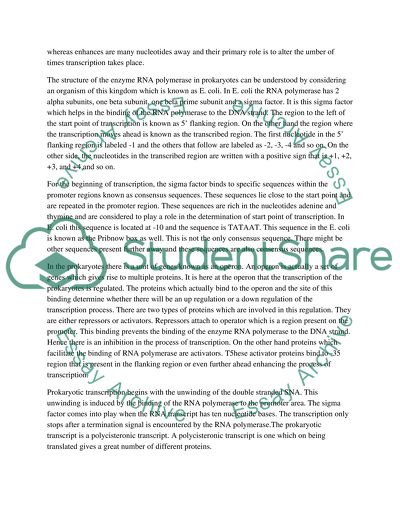Cite this document
(The Transcription of Prokaryotic Cells and Eukaryota Cells Essay, n.d.)
The Transcription of Prokaryotic Cells and Eukaryota Cells Essay. Retrieved from https://studentshare.org/medical-science/1559150-discuss-the-control-of-transcription-in-prokaryotic-cells
The Transcription of Prokaryotic Cells and Eukaryota Cells Essay. Retrieved from https://studentshare.org/medical-science/1559150-discuss-the-control-of-transcription-in-prokaryotic-cells
(The Transcription of Prokaryotic Cells and Eukaryota Cells Essay)
The Transcription of Prokaryotic Cells and Eukaryota Cells Essay. https://studentshare.org/medical-science/1559150-discuss-the-control-of-transcription-in-prokaryotic-cells.
The Transcription of Prokaryotic Cells and Eukaryota Cells Essay. https://studentshare.org/medical-science/1559150-discuss-the-control-of-transcription-in-prokaryotic-cells.
“The Transcription of Prokaryotic Cells and Eukaryota Cells Essay”, n.d. https://studentshare.org/medical-science/1559150-discuss-the-control-of-transcription-in-prokaryotic-cells.


